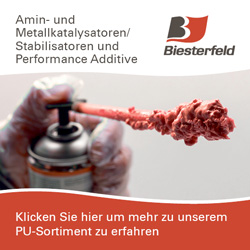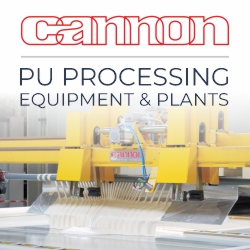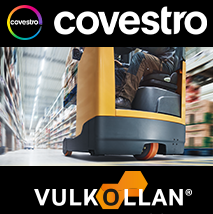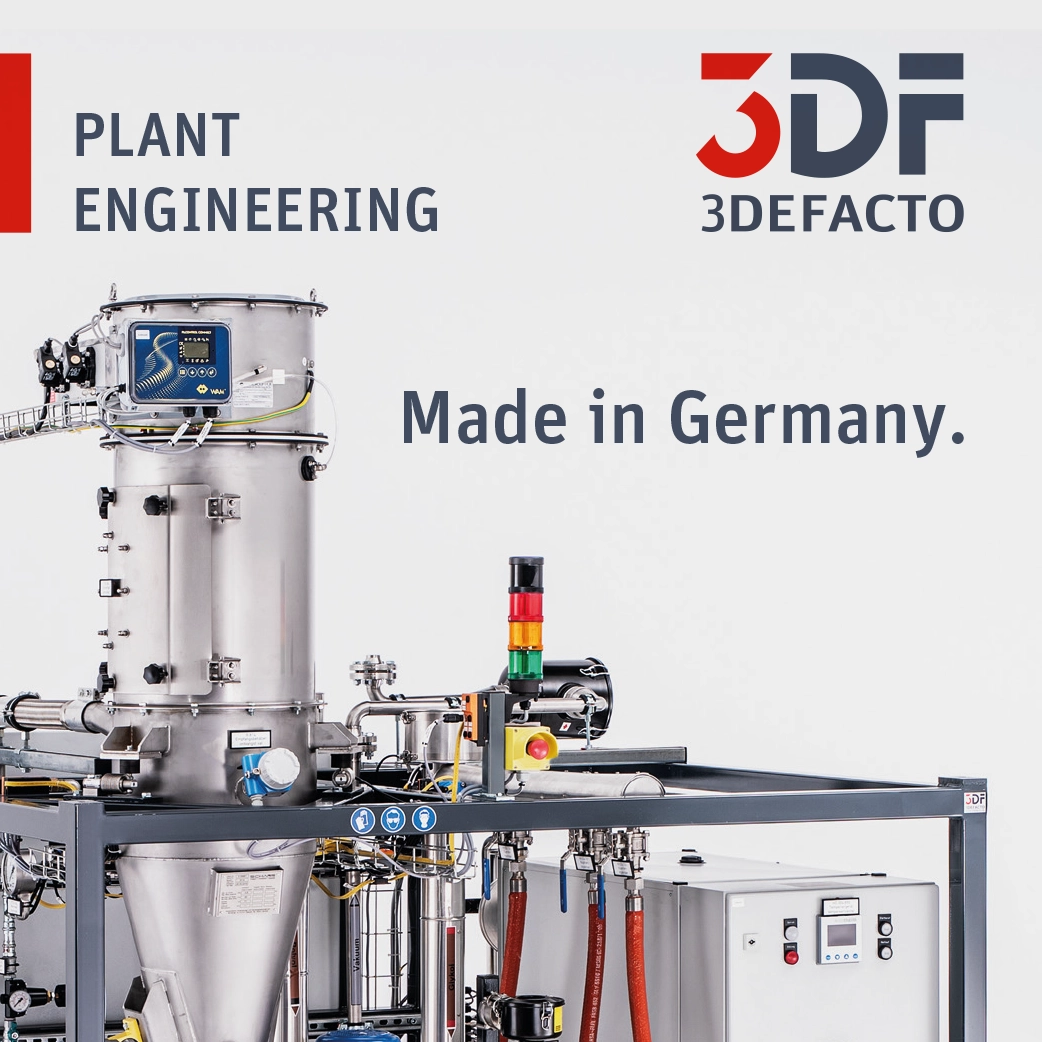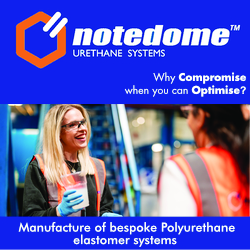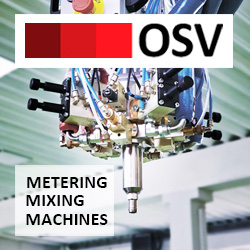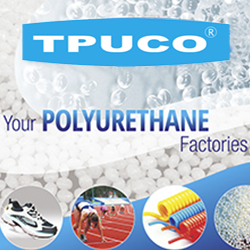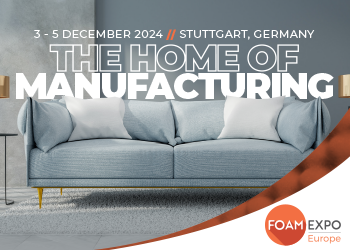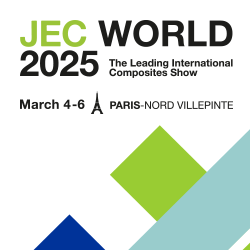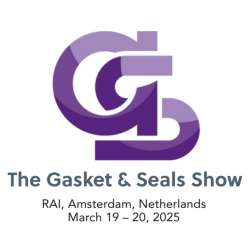Authors: P. Surray, F. Cramer, D. Foerges, R. Dahlmann / Institute for Plastics Processing (IKV) in Industry and Craft at RWTH Aachen University
“Secondary publication of the paper presented at 32nd International Colloquium Plastics Technology, Institute for Plastics Processing (IKV) in Industry and Craft at RWTH-Aachen University, 28-29 February 2024, Aachen Germany”
Abstract
Fast reacting material systems, such as polyurethane (PU) or epoxy (EP), are increasingly used in industry to enable efficient manufacturing processes. However, the short curing times and low curing temperatures pose a challenge for material characterisation and therefore process design and modelling. Against this background, a novel Direct Injection-differential scanning calorimetry (DI DSC), developed by IKV, was used for the holistic characterisation of the reaction behaviour of fast-curing resin systems under isothermal as well as non-isothermal conditions. Using this setup the complete characterisation of the reaction process of an exemplary PU system is achieved in this work for the first time. Based on the data gathered the conversion-dependent activation energy was determined using the four isoconversional methods according to Friedman, Kissinger-Akahira-Sunose, Flynn-Wall-Ozawa and Starink. All methods give good results, however, with substantial standard deviations. Nevertheless, the reaction progress of the PU can be modelled for isothermal and non-isothermal conditions and a comparison with experimental data shows a good agreement.
3.1 Introduction
The automotive sector has always been a cost-driven industry asking for efficient processes with short cycle times. This has become even more important with the transition to electric mobility. In this context PU has been an important material class in the automotive sector for decades due to its versatility [DM20]. And despite increasing regulation of isocyanates through the REACH regulation and ever stricter recycling requirements by government and industry, PU is also a crucial class of material for the transition to electromobility. Exemplary applications are PU-based adhesives and sealings, fibre reinforced underbody and top cover battery protection components, produced in the resin transfer moulding (RTM) or the wet compression moulding process or the overmoulding of interior or exterior components by coupling the injection moulding (IM) process with the reaction injection moulding (RIM) process. The challenge in these examples is the processing of ultra-fast curing materials which can be matched to the short cycle times of the IM process [LS22]. The availability of material data that precisely describe the reaction progress of the material is a decisive criterion for the optimal design of robust manufacturing processes. Based on the material data, process windows are set and simulations are set up for the design of cost-intensive plant and mould technology [SS18, Vya15]. The temporal course of the cross-linking reaction is described by the reaction kinetics. This is strongly dependent on the process parameters prevailing in the processing method and influences the mechanical properties and the component quality [DLB+11].
To read full article please see PDF file in the member area:
If you want to read more, become a member!

